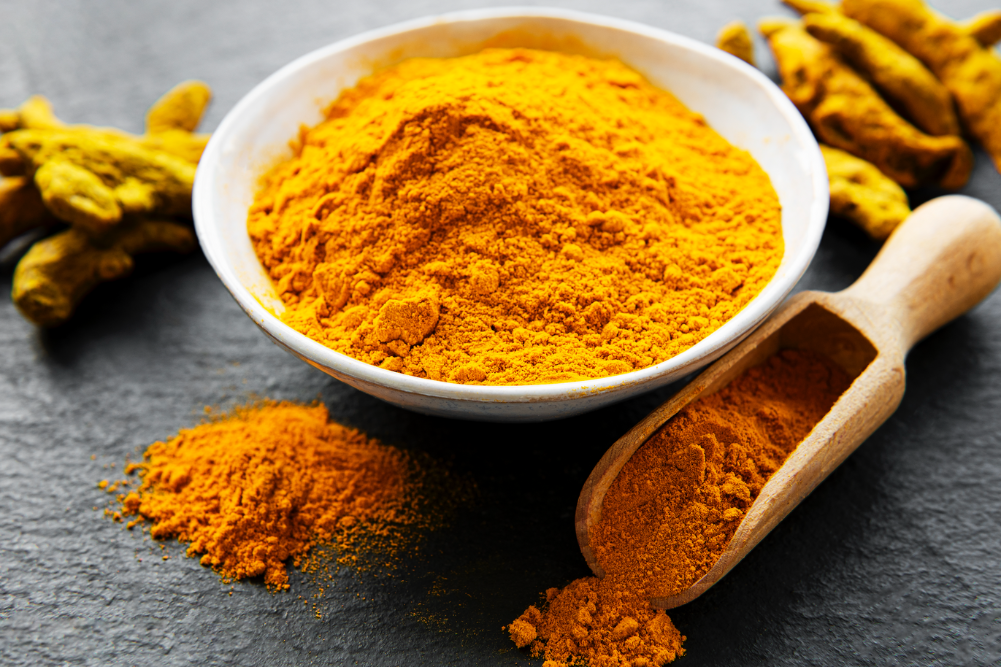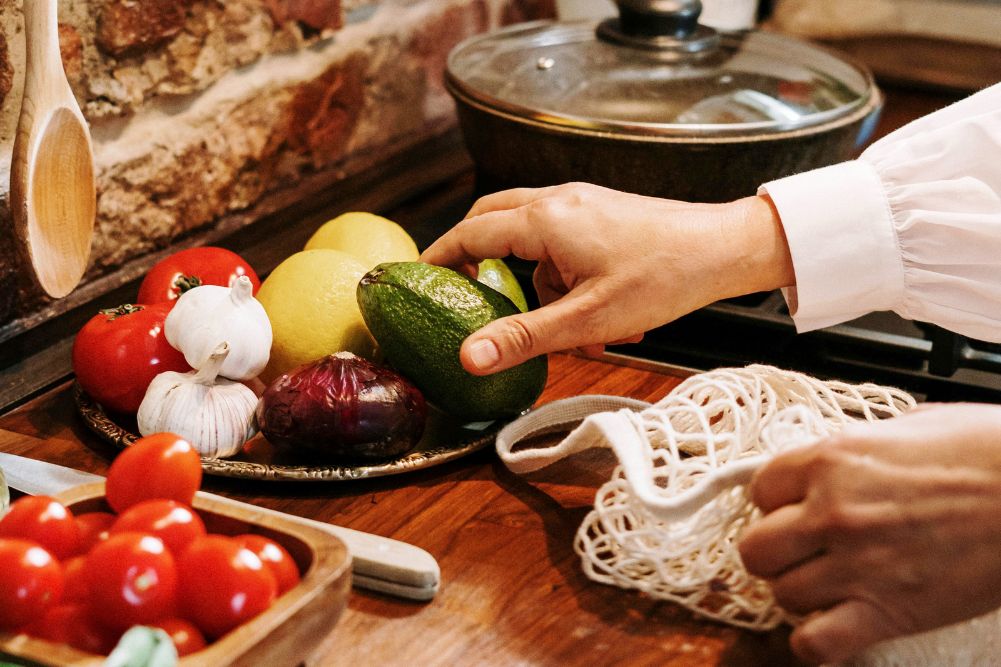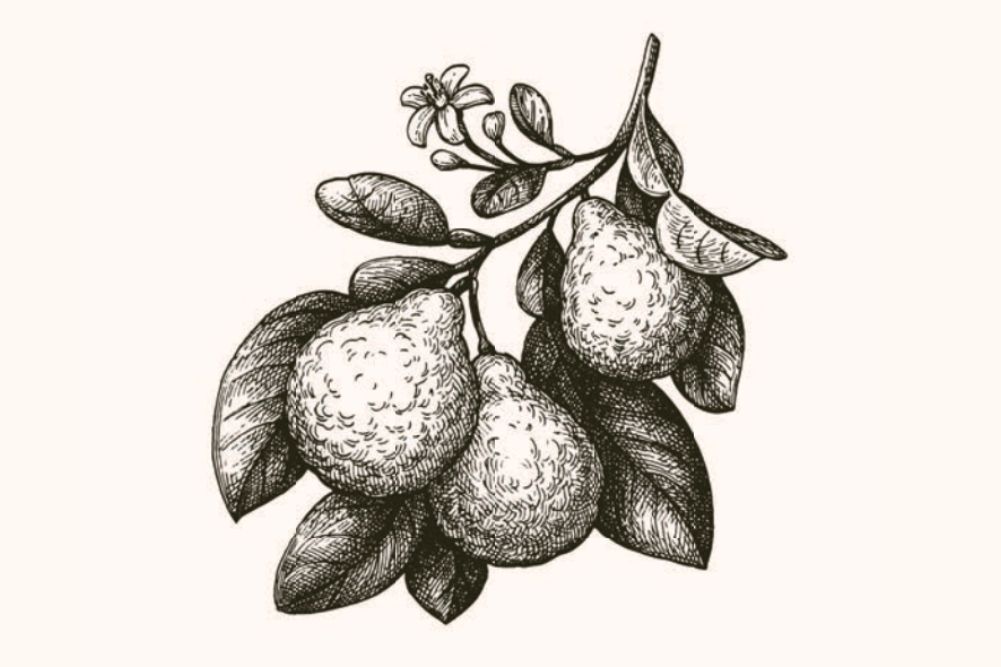Live long with kefir
There is a famous Georgian saying: “If you want to live long, drink more sour milk.” Sour milk doesn’t mean off milk, of course. It refers to kefir, a lacto-fermented drink that’s a little like yoghurt in taste but more tart, and contains even more beneficial organisms.
In the early 1900s Nobel prize-winning Russian bacteriologist Eli Metchnikoff noticed that Bulgarians had an average lifespan of 87 years — phenomenal for the time — and that four in every thousand lived past 100. The Hunzas of Kashmir, like the Georgians and Bulgarians, were also known for their longevity. And it wasn’t just the years in their lives but the life in their years, too. Old age didn’t hold them back from strenuous activity.
Metchnikoff put it down to the high consumption of fermented foods rich in live bacterial and yeast cultures. A few familiar examples of fermented foods are sauerkraut, pickles, sourdough bread, yoghurt, buttermilk, crème fraîche, kvass, kombucha, kefir and cheese. In those pre-pasteurisation days, people also consumed raw dairy, which still had all the health-giving enzymes now destroyed by heat treatments.
Kefir originated in the Caucasus Mountains more than 2000 years ago. It is a lacto-fermentation (meaning lactic acid is produced), cultured from milk*. While yoghurt, for example, is only a bacterial fermentation, kefir is a joint venture by colonies of beneficial bacteria and yeasts working together in a symbiotic relationship.
The mother or starter culture is referred to as “grains” but should not be confused with cereal grains. Kefir grains are soft, white, gelatinous clumps that look a little like tiny cauliflower florets.
Among the many health benefits claimed for kefir are:
- Improved digestion and absorption of essential vitamins and minerals
- Relief from constipation, diarrhoea, inflammatory bowel disease and ulcers
- Regulation of blood pressure, blood sugar and cholesterol
- Better regulation of the immune system leading to improvement in autoimmune disorders
- Anti-ageing, antioxidant, natural antibiotic and anti-stress actions
Even lactose-intolerant people are usually OK with kefir, as the organisms it contains consume most of the lactose and provide the enzyme lactase to deal with whatever is left. Fermentation also breaks down the casein in milk, one of the hardest-to-digest proteins.
Making it
You can buy commercially produced kefirs but it’s safe and simple to make your own. With the homemade stuff, you can be sure the live cultures are present and healthy because in making your kefir you are feeding them and keeping them healthy. All you need are some grains to start off and milk. I like to use local full-cream non-homogenised cow’s milk for the bonus of delicious kefir cream in each batch, but any milk is OK — cow’s, goat’s, sheep’s and even low-fat.
Grains can be bought or acquired either fresh or dehydrated. People give them away because their supply always outgrows their consumption, but if you don’t know anyone who makes kefir it’s easy to find suppliers on the Internet by Googling “kefir” and the country you live in.
You’ll also need a couple of wide-mouthed jars for the culturing process, and containers for storing the finished kefir. Glass is always best and there’s no need to sterilise — just make sure they are clean. A dishwasher will do the job admirably.
Add about a tablespoon of grains to a one-litre jar of milk, leaving a space at the top, and cover with kitchen paper and a rubber band. Then set the jar aside in a warm — but not hot — place for 24–48 hours, depending on how sour and thick you like your kefir. When to your liking, strain it into a clean bottle or jar, keeping the separated grains, transfer to the fridge and drink. Then simply put the grains into a jar to start a new lot.
Apparently, you can freeze or dehydrate spare grains, though I have never done so. I feed any extra to my pets, who love it. When you need a break from making kefir, put your grains in milk and keep them in the fridge, changing the milk weekly.
When you drink kefir daily, you grow to love the sour taste and you soon notice the difference in the wellbeing of your gut and the healthy appearance of your skin and hair. What more evidence do you need?
Note: There are non-dairy, or water, kefir grains but that’s a subject for another time.







